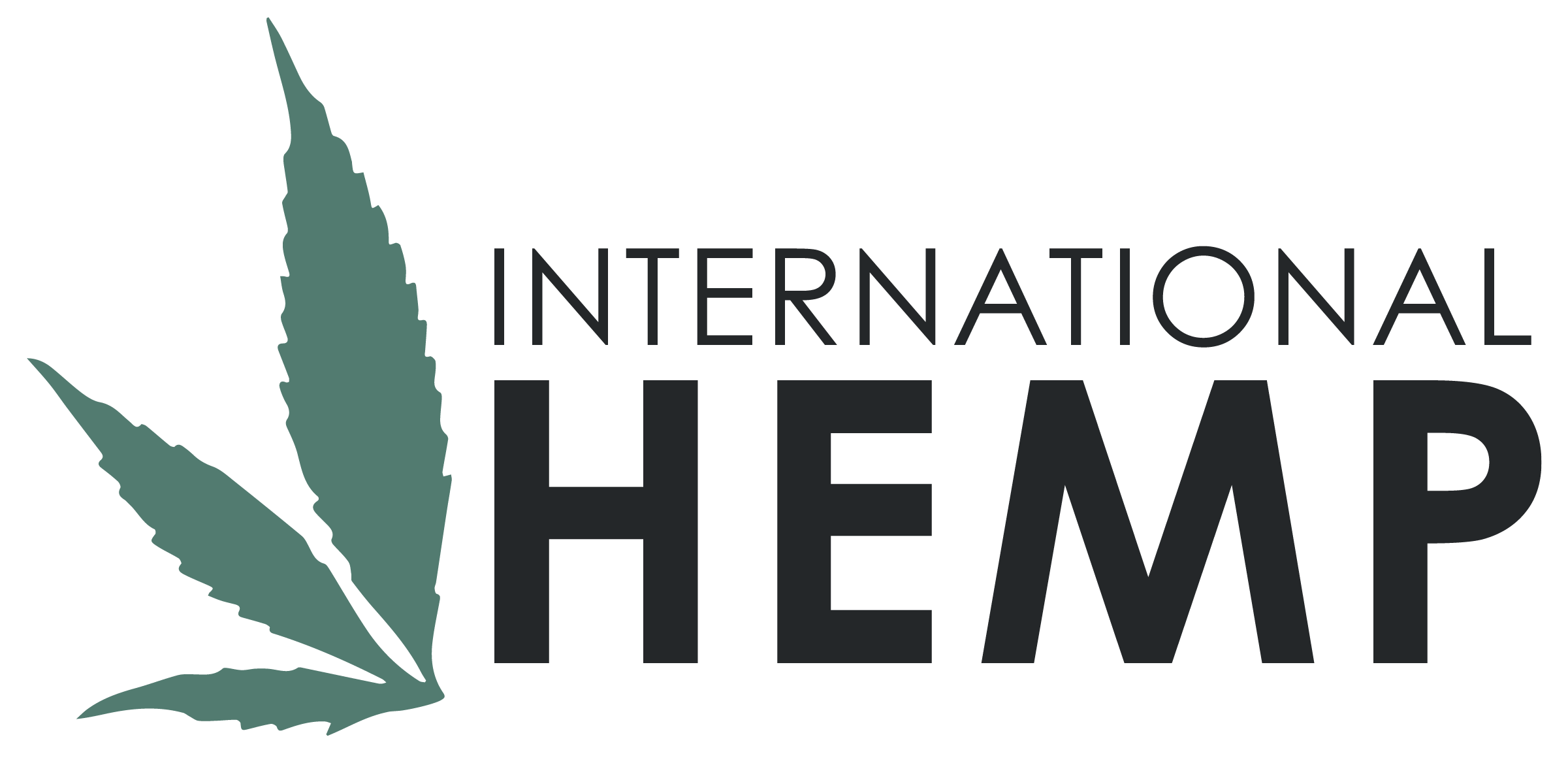Industrial Hemp Farming 101
International Hemp is a provider of industrial hemp varieties certified by the Association of Official Seed Certifying Agencies (AOSCA), a trade organization that preserves genetic purity and ensures varietal identity of agricultural planting seed. International Hemp has worked with vested AOSCA member agencies to produce certified seed lots of Henola and Bialobrzeskzie. Different industrial hemp varieties vary considerably and are produced for a myriad of different end uses. Here are a few general pointers for getting started growing industrial hemp for fiber and grain.
Field Selection
Proper field selection is necessary for good hemp crops. Choose flat level fields with well-drained loamy soils. As growers need to grow without chemical pesticides, clean weed-free fields are a must. Soils with a pH of 6.5-7.5. or amended to this range are preferred. Good drainage is essential. Consult your pesticide representative for carryover issues with herbicides for hemp production.
Planting Date
Soil temperatures of 46°–50°F are preferable, high soil temperatures should be avoided as the small hemp seed may sprout and dry out or scald before emerging. Generally, hemp should be planted after the danger of hard freezes. Soil moisture is necessary for seed germination, plant into a well-prepared soil with adequate moisture. Rainfall or irrigation in the amount of approximately 1 inch per week is recommended in order to attain an optimal yield.
Fertilizer
Get a soil sample analyzed before planting the field and decide the yield goal and plant population that you intend to grow and amend accordingly. Hemp is a heavy feeder and it is a myth that hemp does not require fertilizer. Fertilizer recommendations are based on local soil conditions. Hemp production typically requires inputs in the range of 100-200 lb. of nitrogen per acre, 45-70 lb. per acre phosphorus, and up to 120 lb. per acre of potash.
Stand
Crop stand establishment plays a key role in an industrial hemp crop’s life cycle. A good crop stand ultimately leads to better performance and higher yields. There are many factors that influence a hemp crop’s stand including soil type and moisture, sunlight, and temperature. A few ways to ensure a better stand for your hemp crop include optimal variety and field selection, proper seedbed preparation and seeding depth, as well as a suitable planting date.
Harvest
Industrial hemp varieties vary in height, maturity, and seed size. The time of harvest will depend on the variety and end crop you are growing for. Hemp grown for textile applications should be cut prior to the maturing of seed, at mid to full pollen shed. Hemp grown for grain is best harvested when 60-80% of seeds are ripe and moisture content is in the 10-14% range.
Rotation
Hemp is an adequate and successful rotational crop, especially with beans, wheat, and alfalfa. Approved pesticides for hemp can be found on the EPA's website here.
Sales
International Hemp's varieties, Bialobrezskie and Henola were bred and exclusively licensed by the Institute of Natural Fibres and Medicinal Plants in Poznan, Poland. Certified seed is sold on a first-come, first-served, case-by-case basis. Orders are taken year-round. If you have suggestions on how we can improve this information, we want to hear from you. Reach out to us at info@international-hemp.com.
